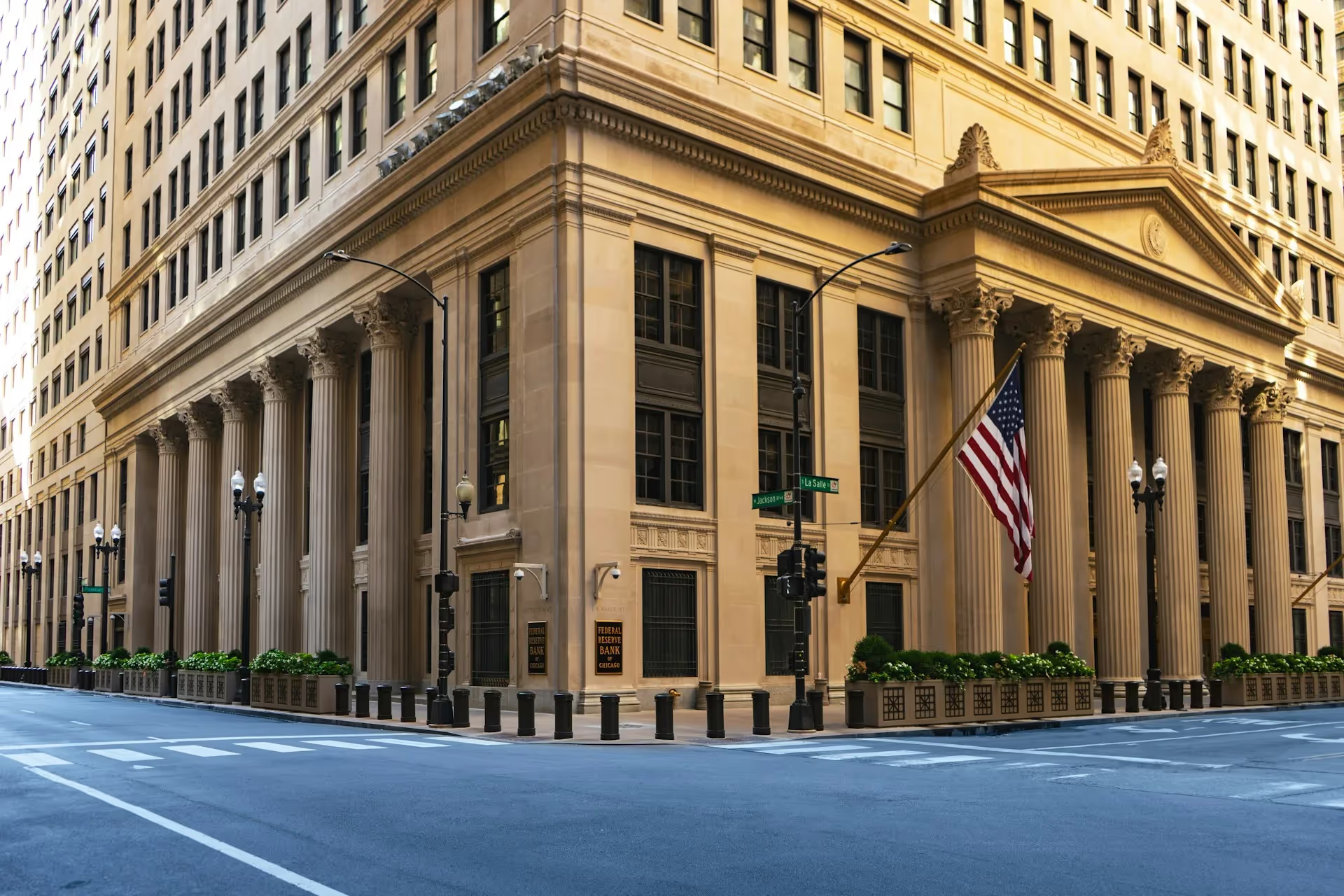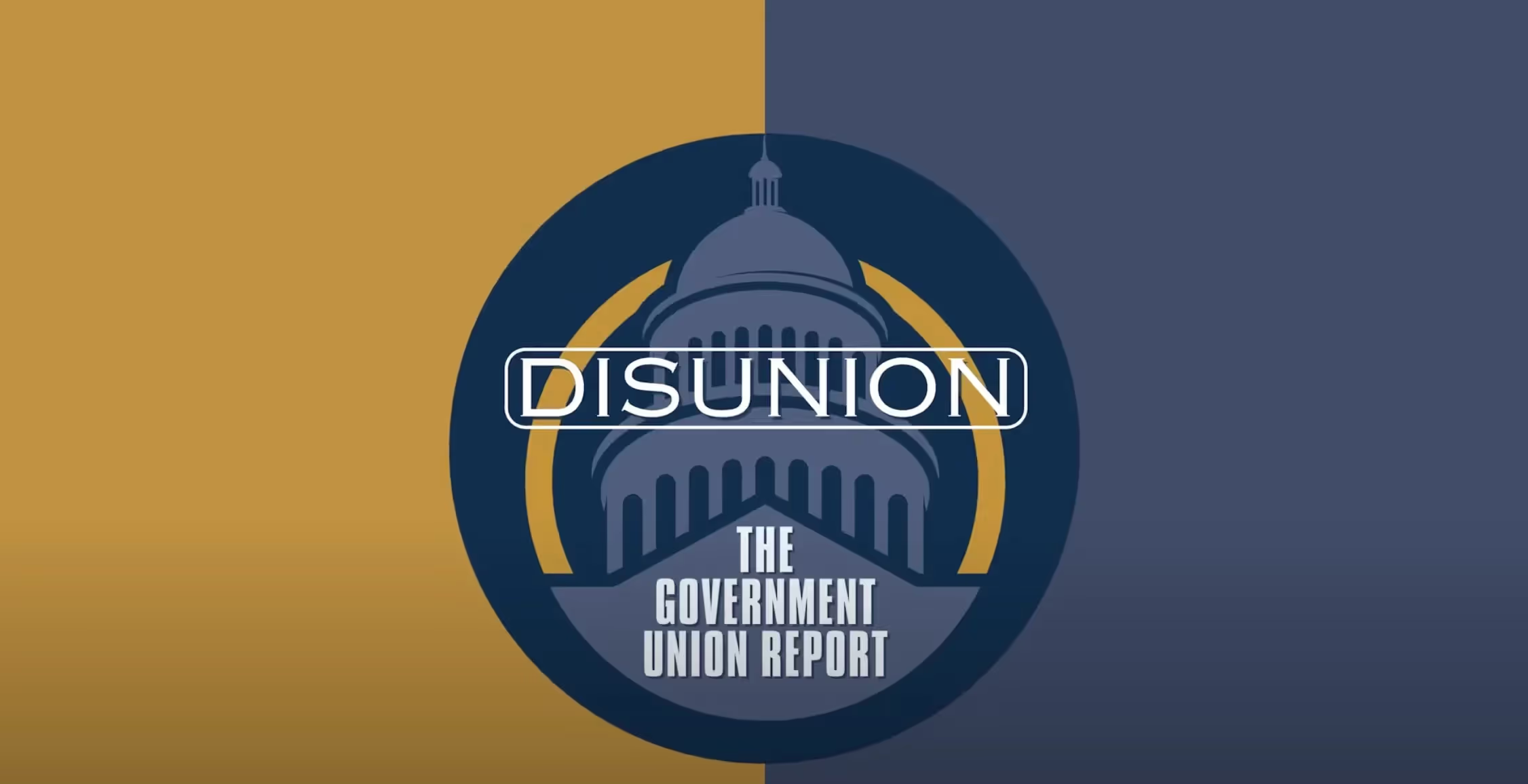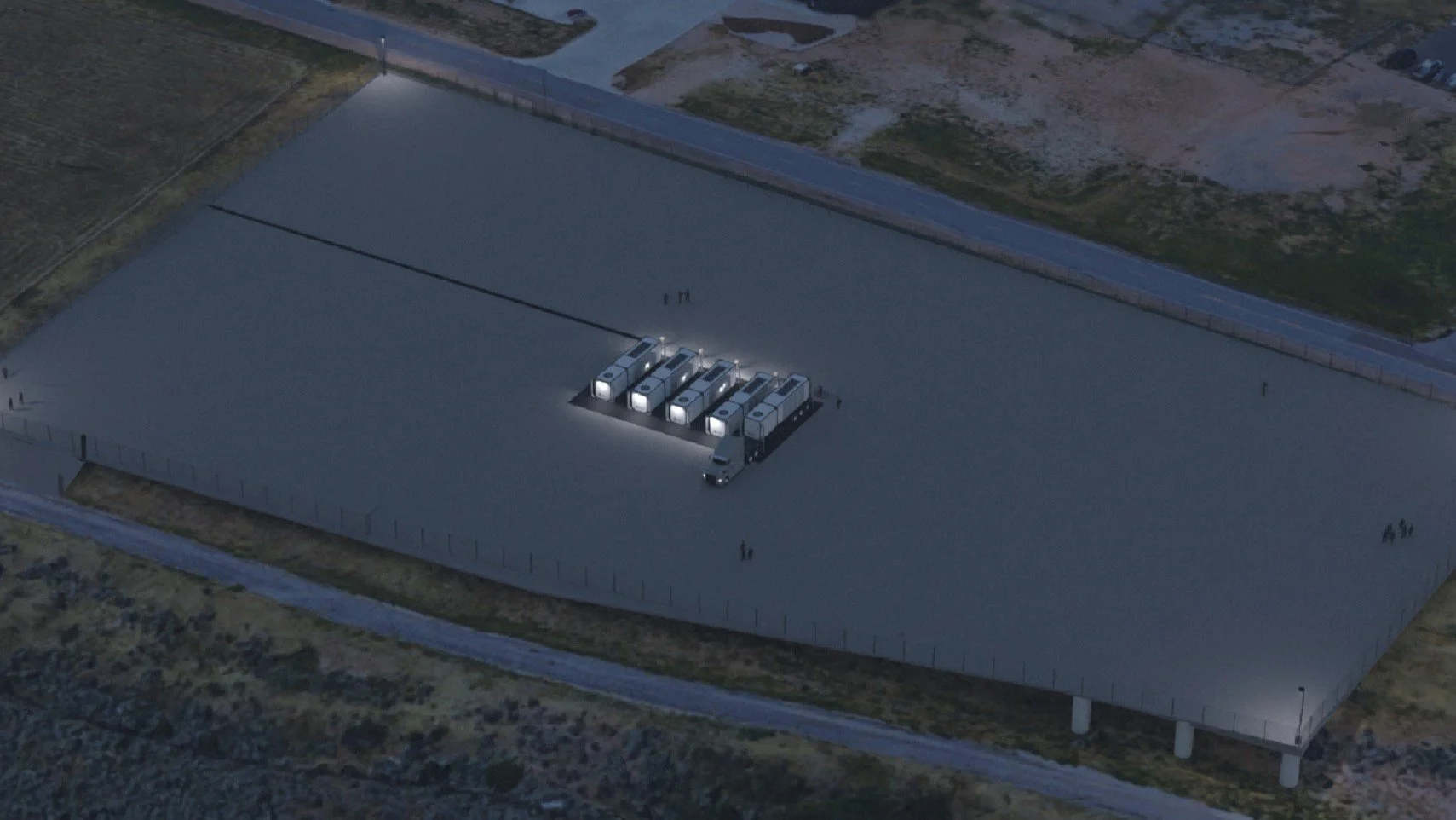
It’s Not Easy, but We Can All Learn to Think like Adam Smith
To truly understand what a dynamic economy requires, we would do well to recover the 18th-century sensibility that understood dynamism as a social and cultural phenomenon as much as an economic one.
When the disciplines of economics and sociology were being invented in Britain 250 years ago, their progenitors such Adam Smith, David Hume, Adam Ferguson and others were preoccupied with how vibrant commercial activity and human behavior were related. Economic dynamism was not only about economic growth, money and the division of labour, though it was that, too. It was about how and why individuals make commerce succeed.
The father of modern economics, Adam Smith, memorably wrote in his 1776 ‘Wealth of Nations’ that merchants made much better land developers than the landed gentry. Their ‘habits… of order, economy, and attention,’ cultivated in urban markets, formed the bedrock on which their profit and successful projects were built.
The languid posture of the aristocrat, in Smith’s telling, is a good picture of stagnation. Satisfied with the status quo and unable to envision how their land could produce a profit, they live uncreatively and do not recognise innovation.
Stagnation is everywhere in the news now. And with good reason. Slowing productivity, aging infrastructure, fiscal imbalances, less innovation – these and related trends make dynamism in the UK seem more like a thing of the past than the future.
Economic Dynamism

The Causal Effect of News on Inflation Expectations
This paper studies the response of household inflation expectations to television news coverage of inflation.
.avif)
The Rise of Inflation Targeting
This paper discusses the interactions between politics and economic ideas leading to the adoption of inflation targeting in the United States.

The Revenge of the Supply-Siders
Trump would do well to heed his supply-side advisers again and avoid the populist Keynesian shortcuts of stimulus checks or easy money.

U.S. Can’t Cave to Europe’s Anti-Growth Agenda
One does not have to support protectionist tariffs or protracted trade wars to see why Washington needs to continue using trade to pressure Eurocrats to give up micromanaging tech platforms and supply chains around the world.




.jpg)




.jpg)







